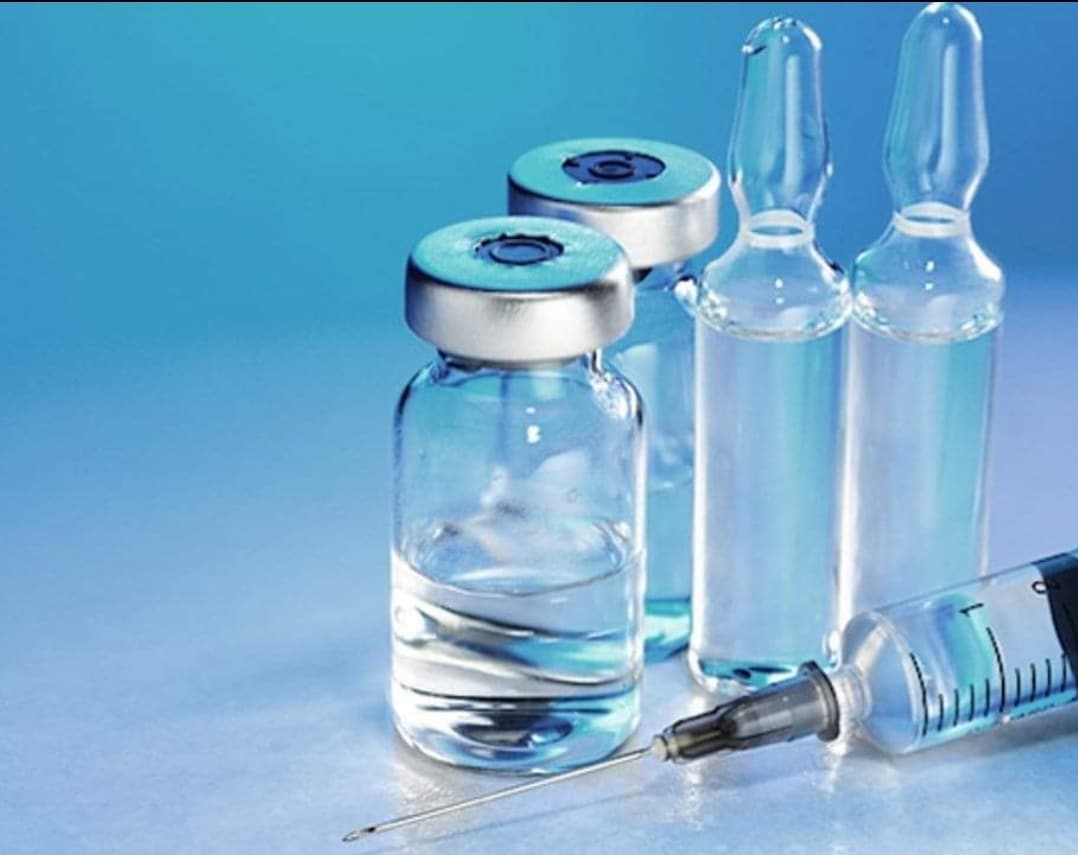USP Absolute Bioavailability Testing
The USP Absolute Bioavailability Testing is a critical method used to assess how much of an active ingredient in injectable or parenteral products reaches the systemic circulation, and how quickly it does so. This test is pivotal for ensuring that pharmaceutical formulations meet stringent quality control standards set by regulatory bodies such as the United States Pharmacopeia (USP).
Understanding absolute bioavailability involves comparing the amount of active ingredient absorbed when given intravenously to what is absorbed when taken orally or administered parenterally. The goal is to ensure that a drug's formulation delivers consistent and predictable absorption rates, which are essential for efficacy and safety.
The USP Absolute Bioavailability Testing protocol typically involves the administration of an intravenous dose followed by blood sampling at various time points over several hours to measure plasma concentrations of the active ingredient. Subsequently, these samples are analyzed using high-performance liquid chromatography (HPLC) or mass spectrometry techniques.
This testing process helps pharmaceutical companies identify potential issues with their formulations and ensures compliance with regulatory requirements such as USP and . By conducting this test, manufacturers can optimize drug delivery systems to enhance patient outcomes while minimizing adverse effects.
The importance of absolute bioavailability testing cannot be overstated. It plays a crucial role in the development of new drugs and the reformulation of existing ones. Accurate data from these tests contribute significantly to clinical trial design, regulatory submissions, and ultimately, the approval process for new medications.
Moreover, this test aids in determining whether a drug's formulation is suitable for various patient populations, including those requiring fast-acting treatments or long-term maintenance therapy. It also helps in understanding how different routes of administration affect drug performance, which is vital information for both R&D teams and quality control departments.
| Aspect | Description |
|---|---|
| Sample Preparation | The sample must be collected immediately after administration and processed according to standardized procedures. |
| Analytical Techniques | High-performance liquid chromatography (HPLC) or mass spectrometry is used for quantification of the active ingredient in plasma samples. |
| Data Analysis | The concentration-time data are analyzed to calculate pharmacokinetic parameters such as Cmax, Tmax, and AUC (area under the curve). |
Why It Matters
USP Absolute Bioavailability Testing is essential for several reasons. Firstly, it ensures that the drug formulation meets strict regulatory standards set by USP and other relevant bodies. Secondly, it helps identify any inefficiencies or inconsistencies in how different formulations perform under similar conditions.
Bioavailability testing also contributes to improving patient outcomes by providing insights into which routes of administration are most effective for particular drugs. This information is particularly valuable when developing treatments for chronic diseases where long-term efficacy and safety are paramount.
Furthermore, accurate bioavailability data support more reliable clinical trials, reducing the risk of failed studies due to poor formulation choices. This not only saves time but also resources by guiding researchers towards optimal experimental designs early in development stages.
Lastly, compliance with these tests enhances trust between healthcare providers and patients, fostering confidence in the reliability and effectiveness of medications used for various conditions.
Scope and Methodology
- Sample Collection: Blood samples are drawn at specified intervals post-administration to capture peak plasma concentrations and subsequent decline over time.
- Analytical Methods: HPLC or mass spectrometry is employed for precise quantification of the active ingredient in each sample.
- Data Interpretation: Pharmacokinetic parameters such as Cmax, Tmax, and AUC are calculated to evaluate drug performance objectively.
Why Choose This Test
There are several compelling reasons why pharmaceutical companies should opt for USP Absolute Bioavailability Testing:
- Regulatory Compliance: Meeting strict standards ensures successful regulatory submissions and approvals.
- Patient Safety: Ensuring consistent bioavailability minimizes risks associated with variable drug responses.
- Optimized Formulations: Identifying optimal formulations enhances overall product quality and patient satisfaction.
- Clinical Trial Success: Accurate data improve study design, increasing the likelihood of successful trials.
- Innovation Support: Provides valuable insights that drive continuous improvement in drug development processes.





